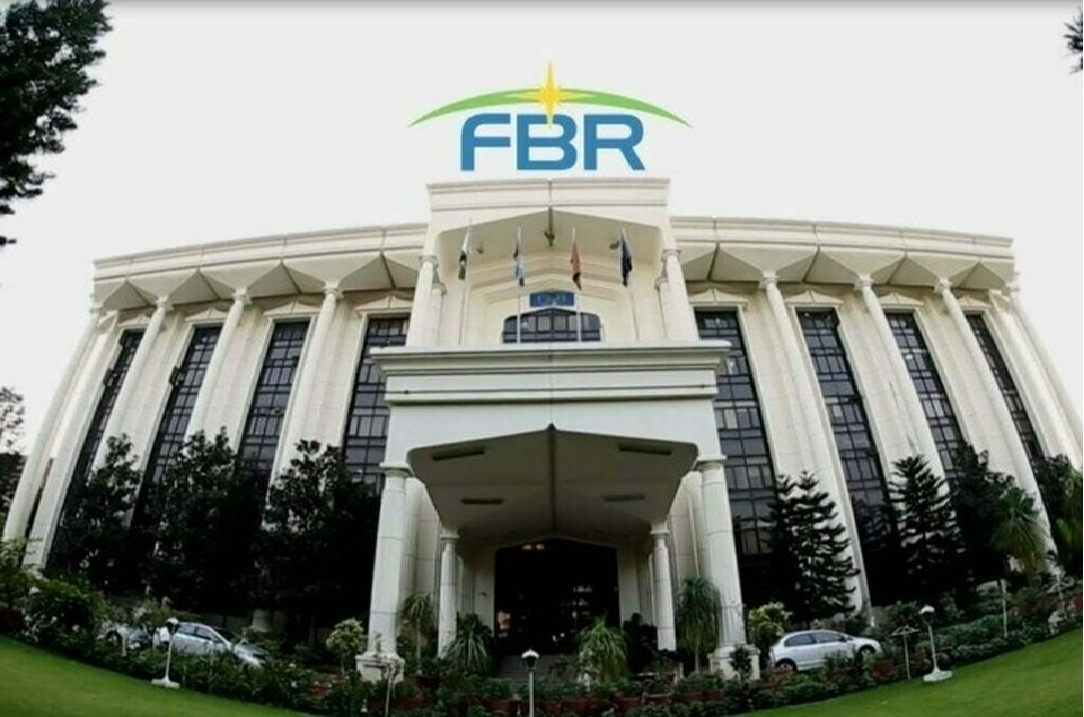Mohsin Siddiqui (Chief Reporter)
The Federal Board of Revenue (FBR) is set to undergo significant modernization with the help of a $25 million loan from the World Bank (WB). This initiative aims to enhance the FBR’s IT infrastructure, establish new data centers, and implement an automated income tax refund system. The overarching goal is to simplify and streamline tax processes, making the system more efficient and transparent.
The move to modernize the FBR’s infrastructure comes in response to a public interest petition filed by Khurram Shahzad Butt, highlighting the FBR’s negligence and prolonged silence in enforcing Section 170A of the Income Tax Ordinance 2001. This section mandates the issuance of tax refunds without the need for personal involvement of FBR officers.
Khurram Shahzad Butt’s petition led to a report titled “Findings and Recommendations of Committee for Effective Enforcement of Section 170A” being submitted before the Islamabad High Court (IHC). The report outlines the steps FBR plans to take to modernize its operations and improve tax refund processes.
Member (Policy) of the FBR personally appeared before the IHC, stating that the recommendations for enforcing Section 170A would be implemented with the support of the $25 million loan from the World Bank. This announcement was a significant step toward addressing the inefficiencies and delays in the current tax refund system.
The modernization plan under the World Bank project involves several key components:
Enhancement of IT Infrastructure: Upgrading the existing IT systems to support more efficient tax processes.
Establishment of New Data Centers: Setting up state-of-the-art data centers to handle the increasing volume of tax-related data.
Automated Income Tax Refund System: Implementing a system to automate tax refunds, reducing processing time and minimizing human intervention.
The use of advanced IT technology is expected to expedite the processing of tax refunds, making the system more reliable and user-friendly.
The report submitted by the FBR to the IHC highlights several significant challenges that currently impede the enforcement of an automated tax refund process:
Lack of Direct Electronic Linkage with AGPR: The FBR’s e-portal does not have a direct electronic connection with the Accountant General Pakistan Revenues (AGPR), which monthly deducts income tax on the gross salary of government employees.
Integration Issues with Withholding Agents: The FBR’s e-portal is not integrated with the government’s withholding agents, leading to serious issues in verifying tax deducted at source. This inadequacy hampers the accurate verification of taxpayers’ deductions by various withholding agents, such as power distribution companies, excise and taxation departments, educational institutes, travel agents, airlines, and semi-autonomous government entities.
These challenges are some of the most significant obstacles to the effective implementation of an automated tax refund process.
In its order, the IHC acknowledged the FBR’s comprehensive report and the commitment to implementing its recommendations. The court noted that the primary objective of the petition had been achieved, as the FBR’s modernization plans were now set to proceed with the backing of the World Bank loan.
However, the IHC left the door open for further legal action if the recommendations are not implemented despite the government’s fulfillment of the loan’s conditions. This provision ensures continued oversight and accountability in the modernization process.
Modernizing the FBR’s infrastructure is crucial for several reasons:
Improved Efficiency: Upgraded IT systems will enable faster processing of tax-related tasks, reducing delays.
Enhanced Transparency: Automation will minimize human intervention, reducing the opportunities for corruption and errors.
Better Service Delivery: Streamlined processes will improve the overall experience for taxpayers, making it easier to comply with tax obligations and receive refunds.



